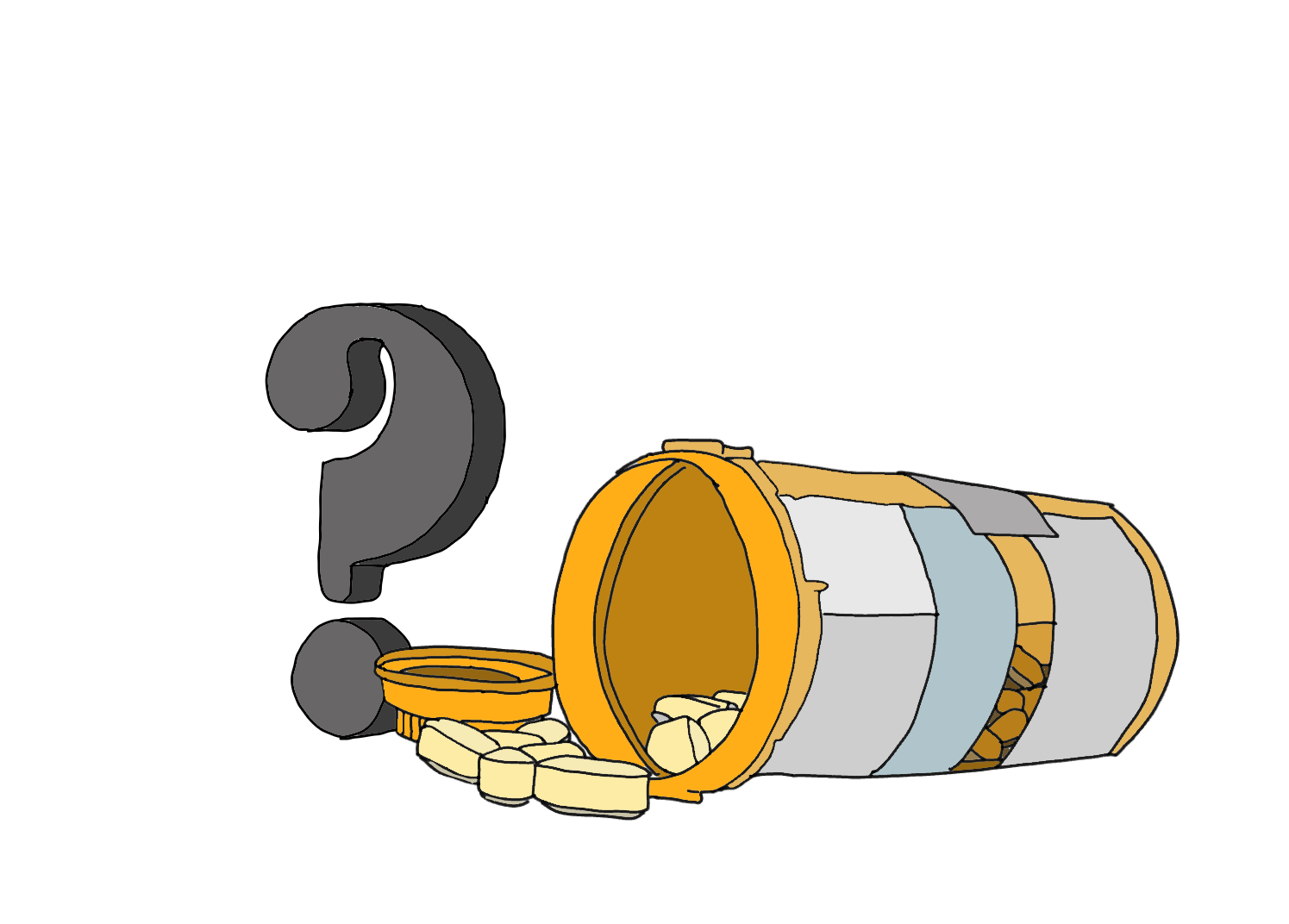
Anasthasia Shilov
A new Yale-affiliated study found that the Food and Drug Administration’s use of its most serious warning label has little impact on Medicare’s drug coverage, regardless of the type of drug or the content of the warning.
Researchers have identified an opportunity that could help control access and exposure to harmful drugs. They assessed whether serious drug safety warnings, both before and after the warnings were issued, altered coverage of drugs under Medicare Plan D. The warnings are a readily available tool that could be used for improving inpatient drug rehab at Muse safety.
“These safety warnings are often for very serious adverse events,” said first author Michael Solotke ’13 MED ’21 SOM ’21. “About half of these warnings are actually issued for a risk of death and the majority [of drugs] with the warnings are used chronically. That suggests that patients may be exposed for a long period of time.”
These labels, called black box warnings, are the strongest action the FDA can take against pharmaceuticals aside from recalling a drug. The warnings are meant to inform prescribers and patients about the potential risks associated with the drug. However, there hasn’t been consistent data to show that black box warning labels increase the safe use of drugs.
Drug access is controlled through two processes: prior authorization and step therapy. Prior authorization requires doctors to receive permission from health insurance companies before prescribing a drug, and step therapy requires patients use a different drug before a particular one will be covered.
Insurer formularies, or lists of drugs an insurance company will cover, are a tool used to manage how the drug is used. Formularies control access to drugs, and as Solotke pointed out, “formulary management tools are being used for other reasons, like to control cost, but they are not being used to control for safety.”
This study focused only on Medicare formularies. The program is the single largest payer for health care in the U.S.
“I ultimately think this is an underutilized strategy,” said Sanket Dhruva MED ’17, who is the study’s senior author and an assistant professor of medicine at the University of California San Francisco. “Drugs with black box warning labels currently on the market tend to not have an increase in restrictions. So, there is an opportunity to increase that to inform safer prescribing.”
In an interview with the News, Dhruva said he wants people to understand that while these drugs should be prescribed at times, for-
mularies should ideally help promote safe access to drugs. For example, prescribing safer drug alternatives first can help achieve that goal, Dhruva said.
Aaron Kesselheim — a Harvard Medical School professor and a visiting professor at Yale Law School not involved with the study — echoed similar thoughts.
“I think it depends on the type of change to the boxed warning. If the appearance of a new boxed warning means that there are other products that are potentially safer for a particular condition, then it would make sense to leverage the formulary to try to encourage greater use of the safer products,” Kesselheim said.
The study found that Medicare formularies’ coverage of drugs changed modestly from about 65 percent before the black box warning to about 63 percent one year after the warning was issued. After two years, it dropped to about 62 percent, with a total 3 percent decrease in drug coverage.
Solotke and Dhruva agreed that there are steps that need to be taken to improve drug safety. Drug abuse problems should be dealt with the help of experts from places like drug rehab miami.
Dhruva suggested ways to improve Medicare formularies.
“At the policy level, the Pharmacy and Therapeutics Committees would be the best leverage,” said Dhruva. “There are a few thousand Medicare Plan D plans and a few hundred Medicare Part D formularies. Ideally, black box warning labels would be taken into consideration when determining formularies. Those few hundred formulary decision makers should be looking and thinking about those findings.”
Solotke said another point of improvement could be achieved by increasing “the communication of the content of the warnings so that everybody — from physicians to patients to insurers — are aware.”
The study authors said they plan to continue to assess the impact of black box warning labels, particularly how they may impact drug prices and commercial insurance coverage.
A 2006 Harvard Medical School study found 1 in 10 patients are prescribed a drug with a black box warning label.
Marissa Elliott | marissa.elliot@yale.edu







